MarketPlace launches Nextin™, expands the firm’s research offering with ready-to-use research storefront
Nextin™ is the source of ready-to-use, future-facing insights for supplement, food, beverage, and pet businesses from the category specialists at MarketPlace™. Visit the Nextin Research storefront
Category Expertise
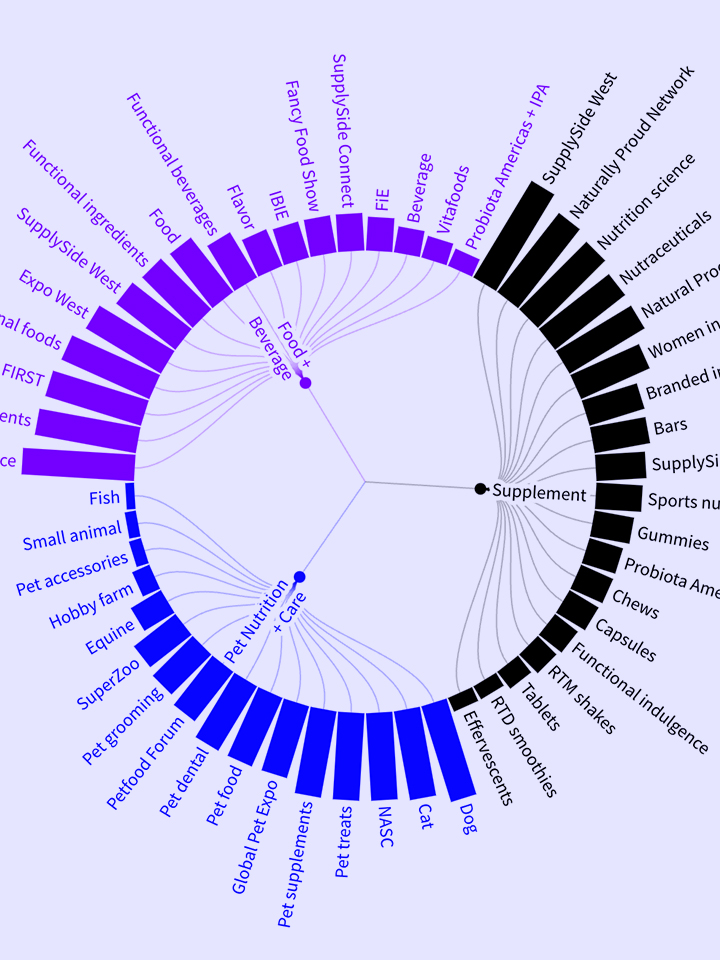
Inside Each Research Package
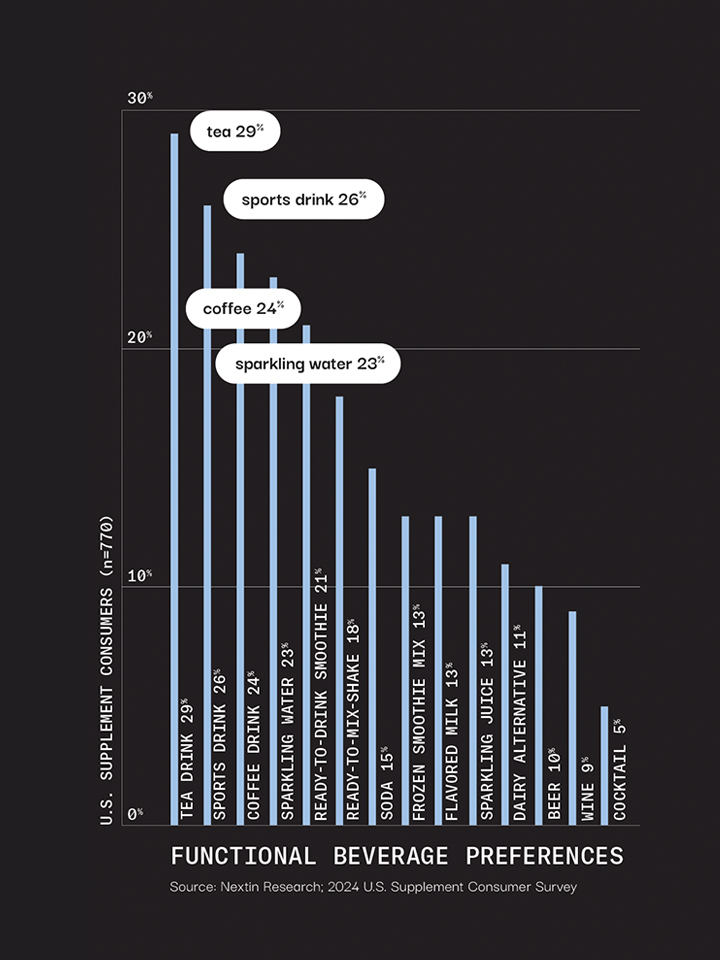
Visit the Nextin Store
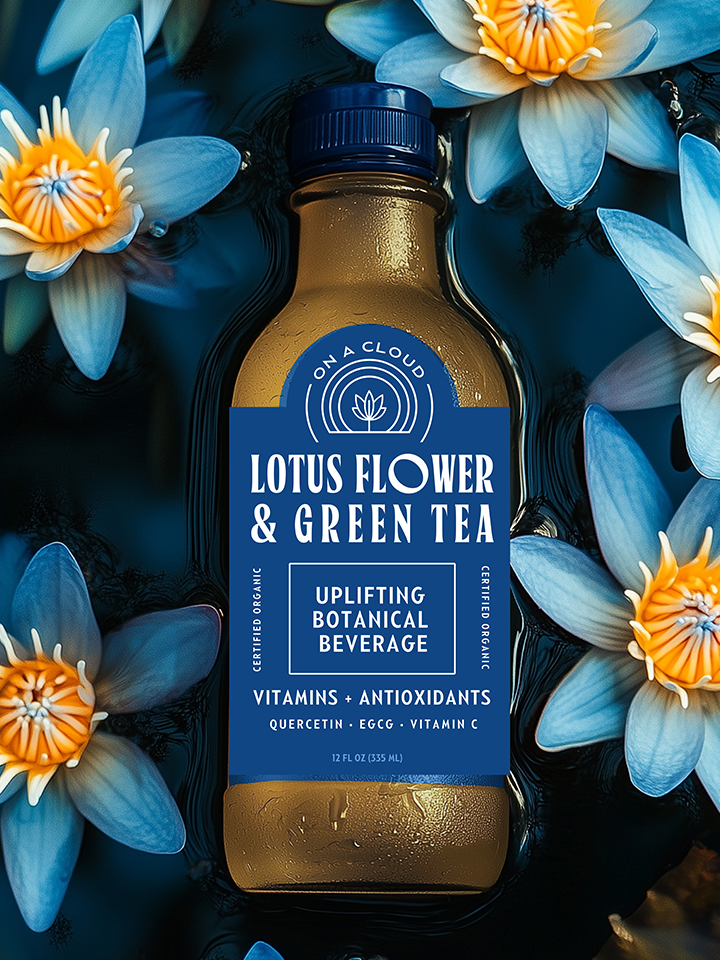
Nextin Research Packages
Here’s what to expect within each Nextin Research Package

Visionary Insights
A micro report that connects the dots between our proprietary consumer research, supply chain and nutrition science perspectives, and innovation possibilities through data visualizations and protocepts (PDF)
Consumer Trend Charts
A ready-to-use chart for each question posed to a qualified consumer panel, typically comprising 700+ U.S. consumers pertinent to the category. Charts are made user-friendly, including both PowerPoint and PDF formats, so you can easily incorporate them into internal and customer presentations.
Normalized Data
Tabbed data in an Excel file. Each tab includes a single question, table of consolidated quantitative responses, and a bar chart.
Raw Data
An Excel file containing every question and answer per respondent; useful for those who have data analytics capabilities or resources.
Nextin News
Sign up to receive exclusive insights and updates from Nextin Research and be one of the first to know when the Nextin storefront is live.
"*" indicates required fields
2024 Nextin Research Topics
Coming to the Nextin storefront on October 28th!
Nextin Pet Category Trends 2024
What’s next in the pet category? Explore the attitudes, behaviors, and motivations of U.S. pet parents with revelatory research encompassing our 2024 survey of >700 U.S. pet parents. Nextin’s deep dive into pet trends includes species-specific insights regarding pet owners’ distinct ideals for their dogs and cats.
Topics Covered
- Pet Supplements
- Pet Food
- Pet Treats
- Demand-Driving Need-States
- Attitudes about Specific Ingredients
- Sources of Information and Influence
- The Path to Purchase
- Shopping Behaviors
- Pet Parent Demographics
Nextin Supplement Consumer Trends 2024
What’s next in supplements? Explore the past behaviors, present rituals, aspirations, and driving forces of U.S. supplement consumers with a deep dive into our 2024 survey of >700 U.S. supplement consumers. Nextin supplement research explores emerging supplement trends, including the cross-over among functional foods, beverages, and supplements.
Topics Covered
- Supplement Formats
- Demand-Driving Need-States
- Healthy Aging
- Women’s Health
- Attitudes about Specific Nutraceutical Ingredients
- The Supplement Consumer’s Path to Purchase
- Sources of Information and Influence
- Shopping Behaviors
- Supplement Consumer Demographics
Innovation Protocepts
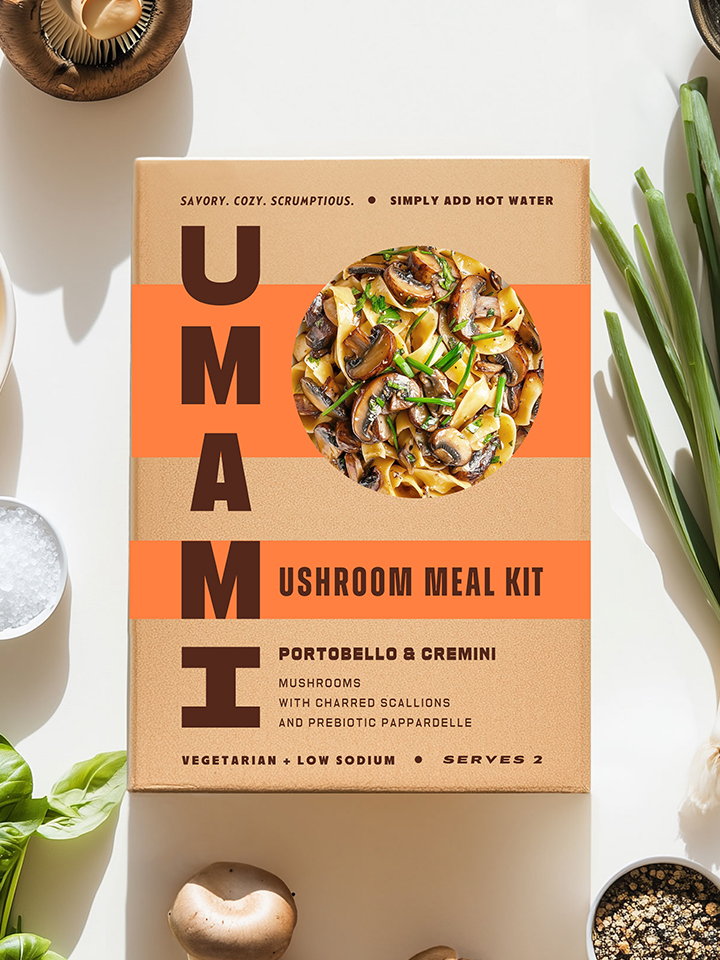


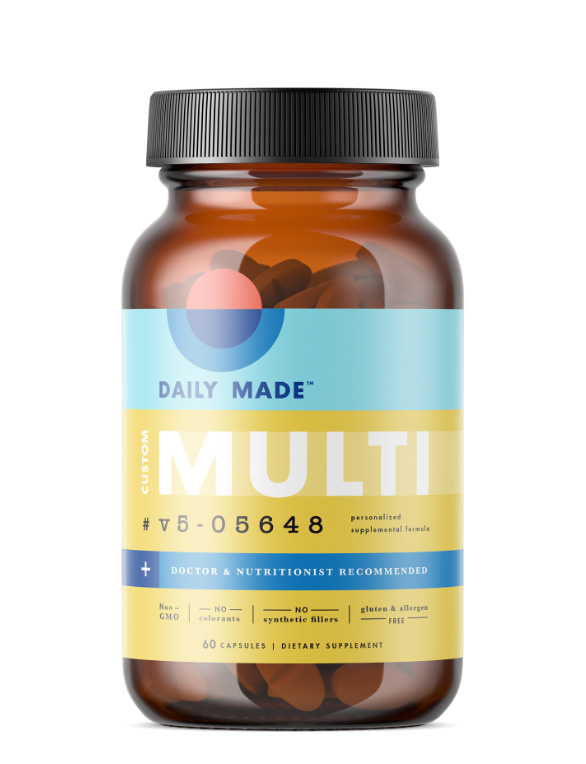

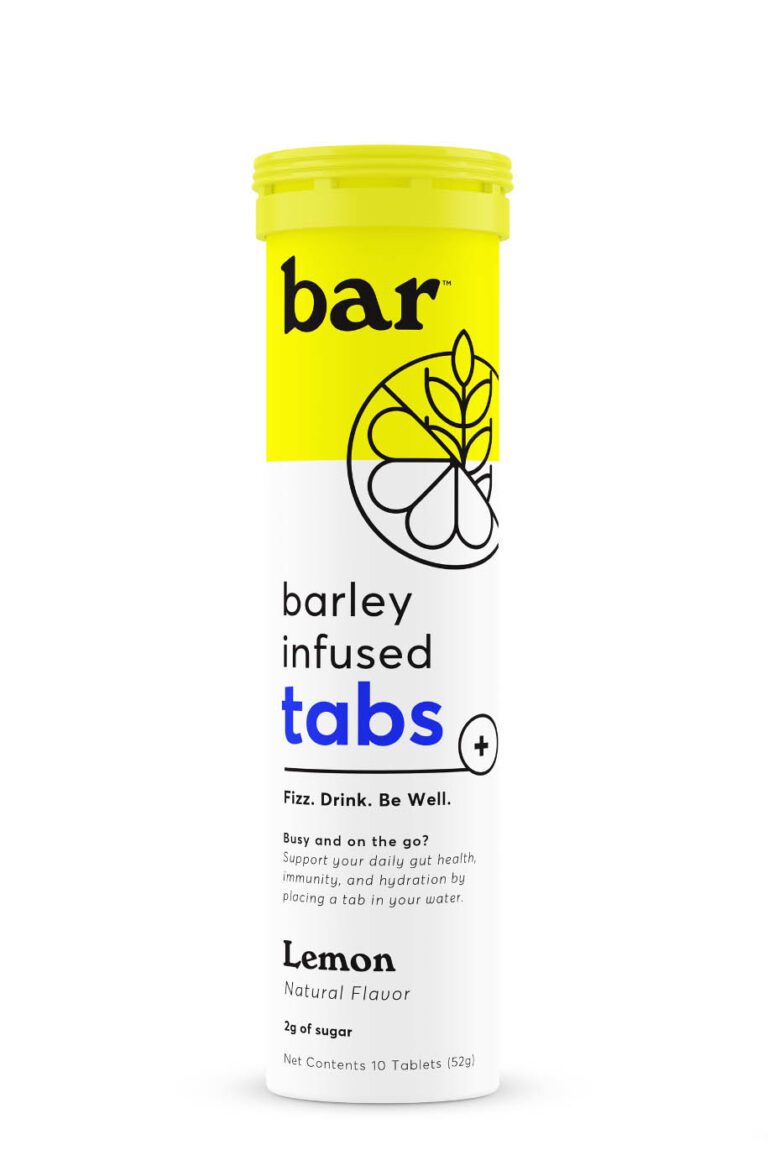
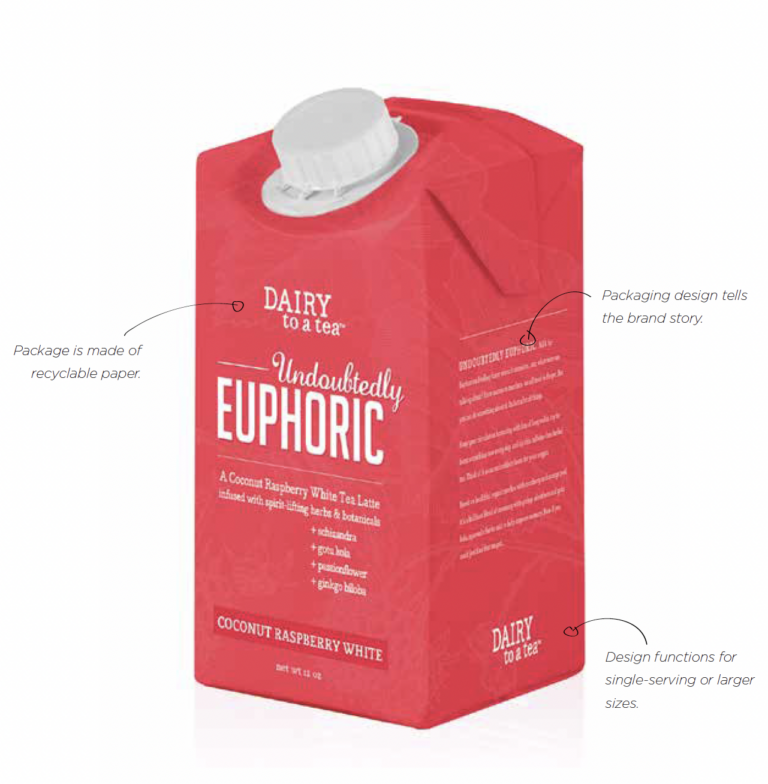
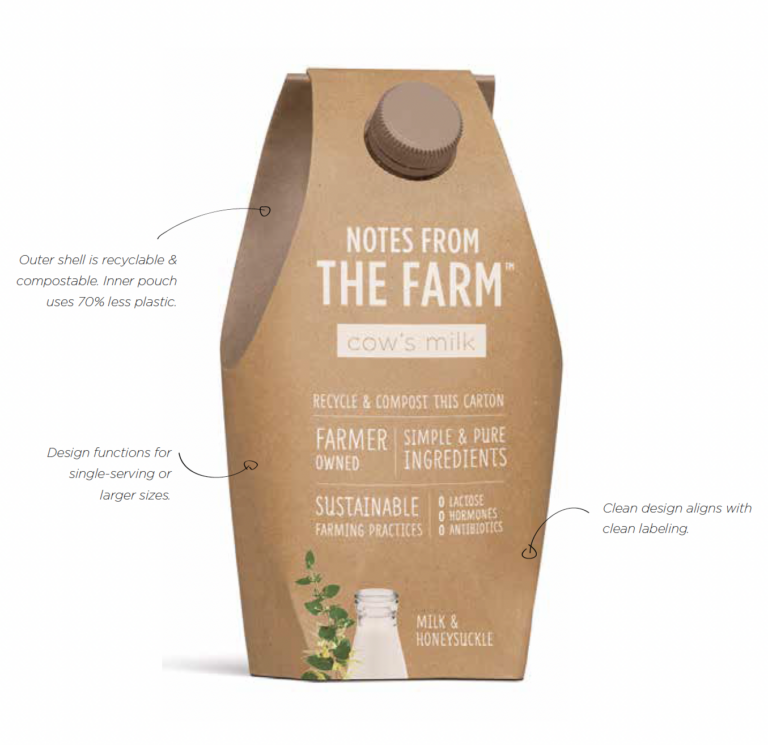
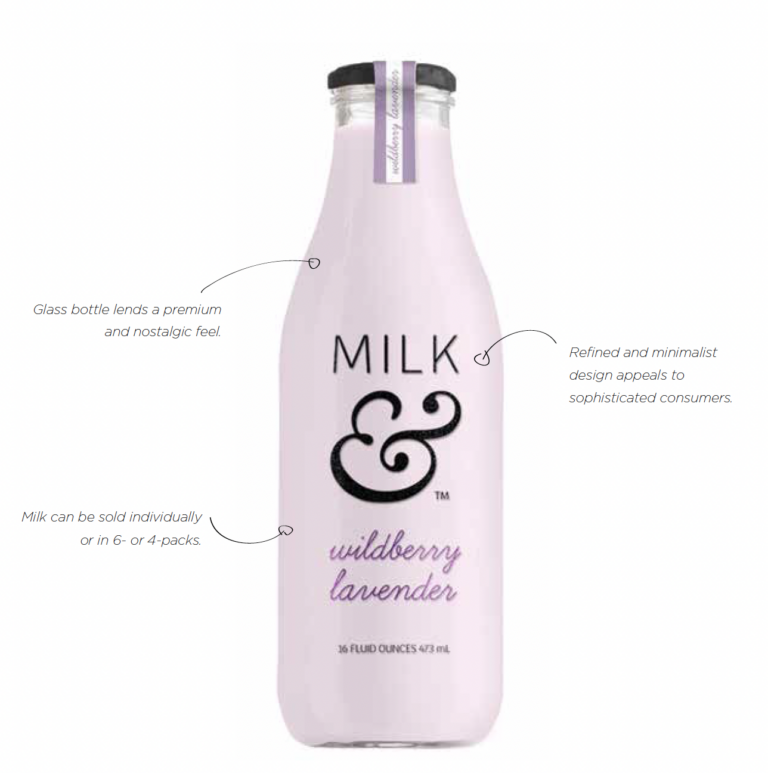


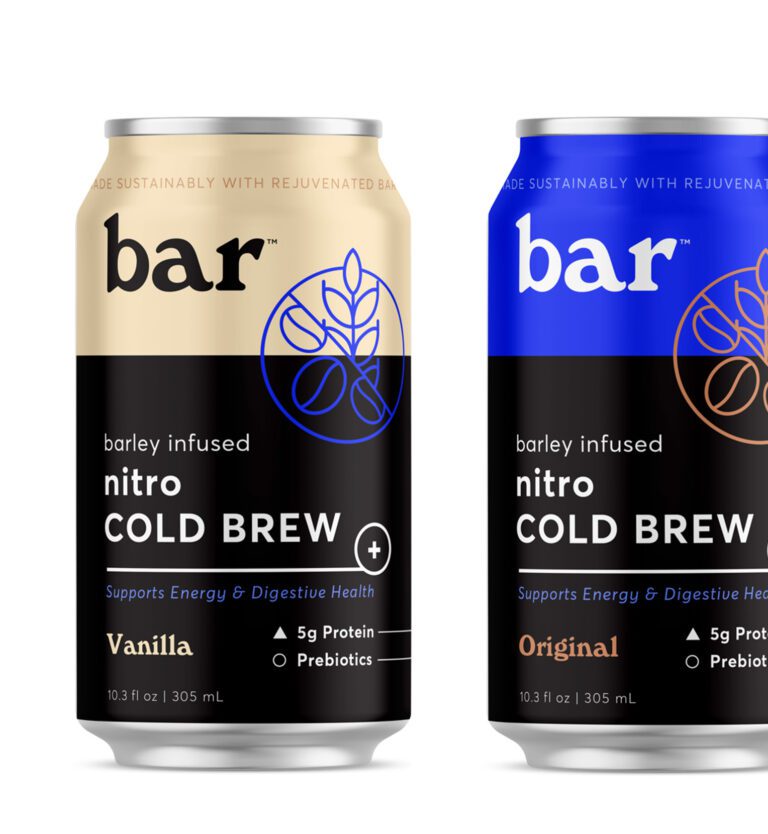
Anticipating what’s next.
Sourced + Sought by Leading Brands
















About Nextin Research
Nextin Research by MarketPlace is a source of rich data and revelatory insights for supplement, pet, food, and beverage brands and ingredient companies. With proprietary research methodologies, category specialization, and a unique, full-circle view of the supply chain and consumer markets, Nextin makes connections beyond what traditional market research firms can deliver.
An answer to the demand for forward-looking industry and consumer data and insights, Nextin offers turnkey access to exclusive insights, data visualizations, presentation-ready charts, and comprehensive data sets that can be used in the development of product innovation, go-to-market strategies, marketing plans, and more.
Rooted in MarketPlace’s 22-year legacy in these industries and looking to the future, Nextin provides an advantage to industry professionals who are anticipating what’s next. Visit NextinResearch.com for the consumer insights that help you anticipate what’s next.

About MarketPlace
Since 2002, MarketPlace has served B2B and CPG food, beverage, supplement, and pet businesses as a strategic partner and marketing arm.
Strategy-first and results-driven, MarketPlace leads with purpose. Its comprehensive business and brand strategies have proven to be successful for business growth, including high value mergers and acquisitions. Its award-winning packaging design has resulted in record-breaking sales for national CPG brands. With both B2B and consumer media expertise, MarketPlace’s omnichannel marketing strategies have driven expectation-exceeding engagement and sales.
As specialists in strategy, research, branding and marketing, MarketPlace brings its proprietary consumer insights and unmatched B2B2C connections to all aspects of a brand’s ecosystem.


